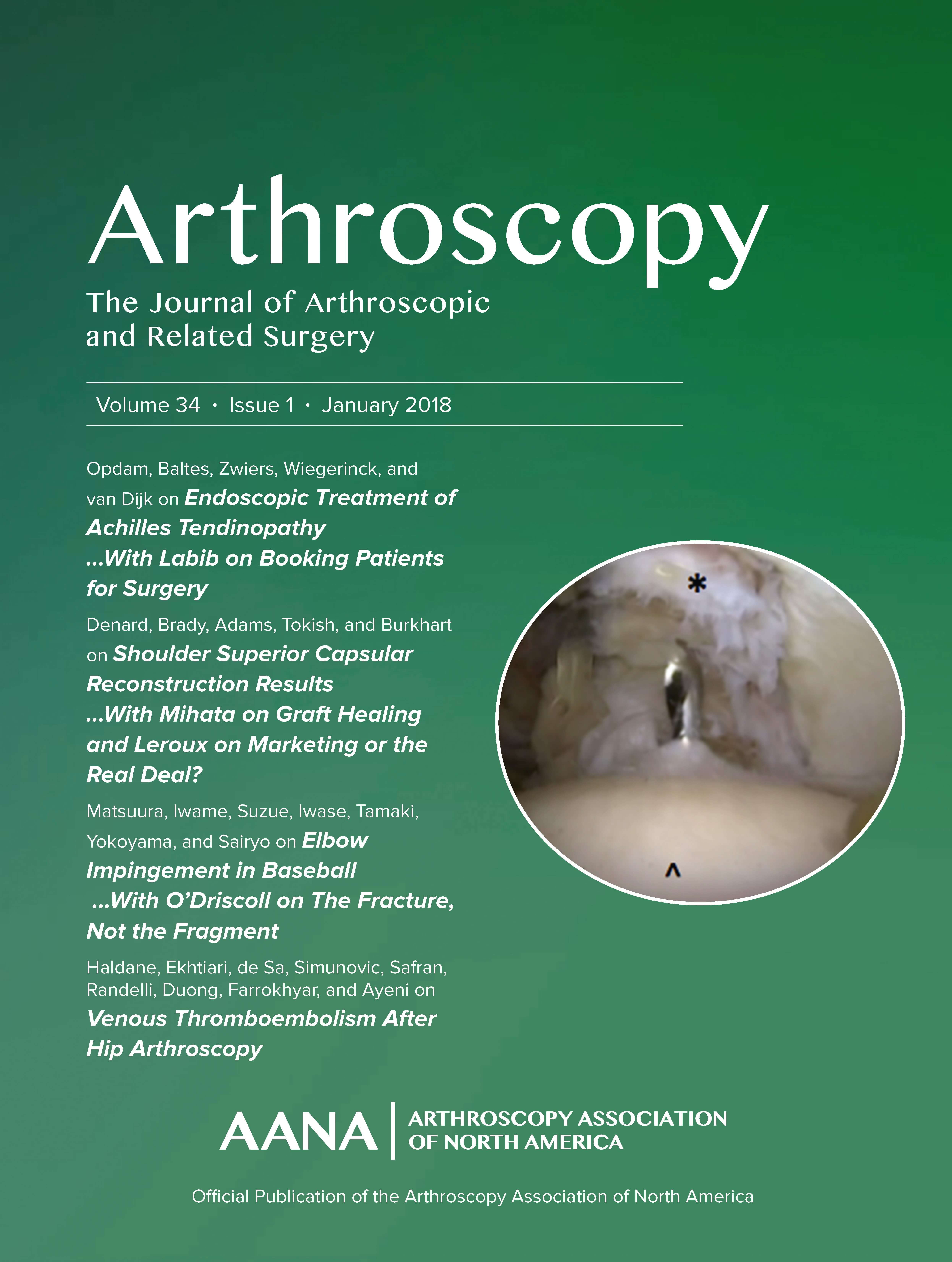
Improved acute quadriceps muscle activation, similar long term outcomes with ACB vs. FNB in ACLR

Improved acute quadriceps muscle activation, similar long term outcomes with ACB vs. FNB in ACLR
Adductor Canal Nerve Versus Femoral Nerve Blockade for Pain Control and Quadriceps Function Following Anterior Cruciate Ligament Reconstruction With Patellar Tendon Autograft: A Prospective Randomized Trial
Arthroscopy. 2019 Mar;35(3):921-929.Did you know you're eligible to earn 0.5 CME credits for reading this report? Click Here
Synopsis
86 patients scheduled for anterior cruciate ligament reconstruction were randomized to receive an adductor canal block (ACB) or a femoral nerve block (FNB). Outcomes of interest included pain scores, morphine consumption, quadriceps muscle activation deficit, straight leg raise test, ambulation status, International Knee Documentation Committee (IKDC) score, extension range of motion deficit, flex...
To view the full content, login to your account,
or start your 30-day FREE Trial today.
FREE TRIAL
LOGIN
Forgot Password?
Explore some of our unlocked ACE Reports below!

Learn about our AI Driven
High Impact Search Feature
Our AI driven High Impact metric calculates the impact an article will have by considering both the publishing journal and the content of the article itself. Built using the latest advances in natural language processing, OE High Impact predicts an article’s future number of citations better than impact factor alone.
Continue



 LOGIN
LOGIN

Join the Conversation
Please Login or Join to leave comments.